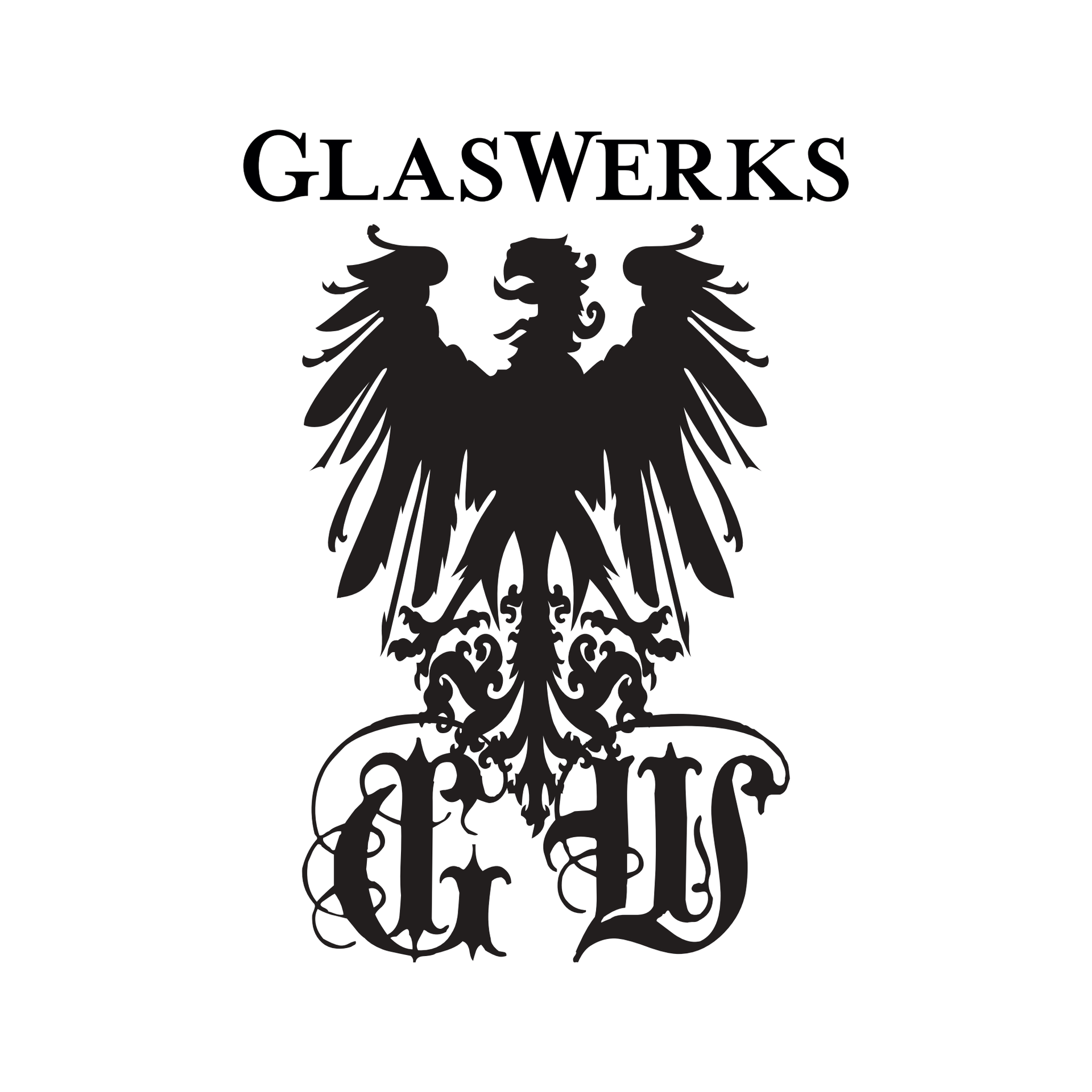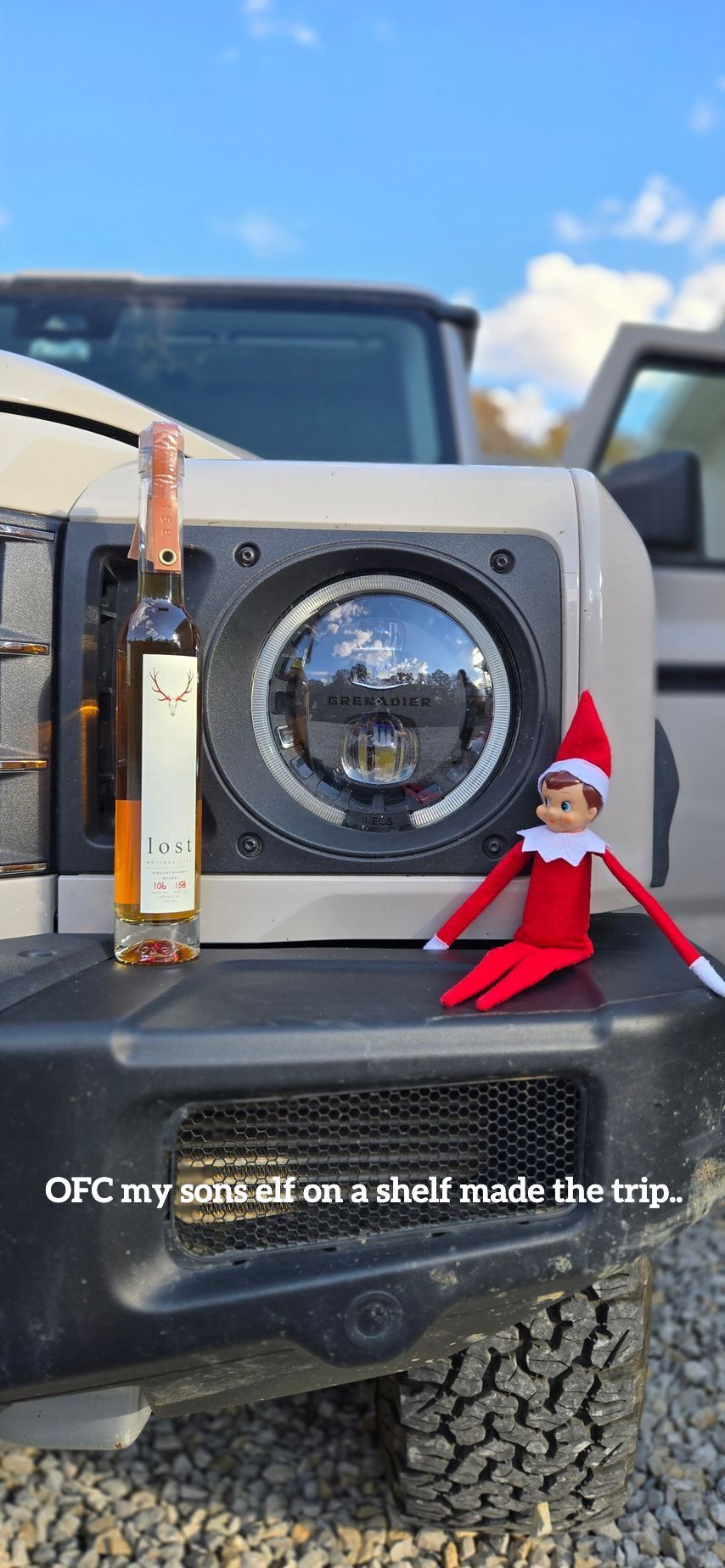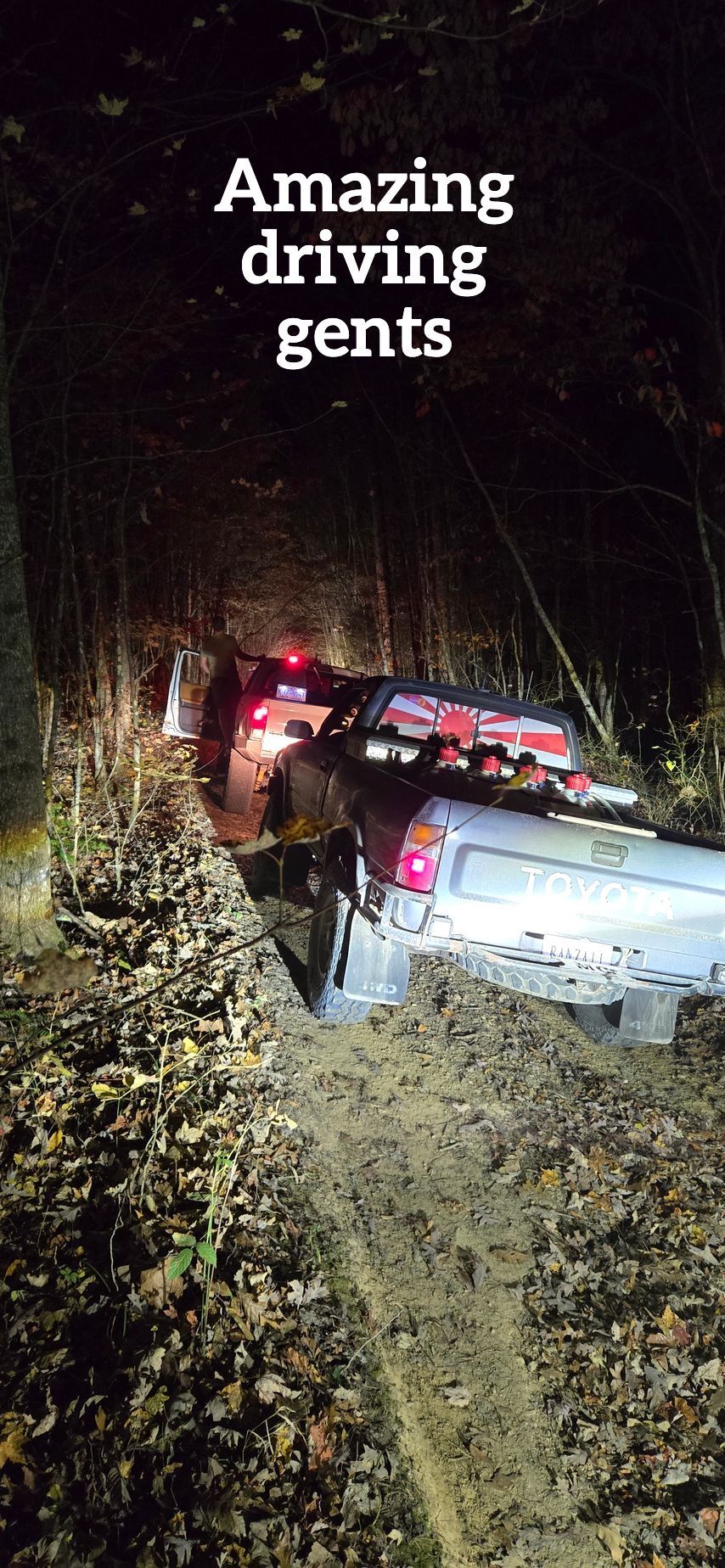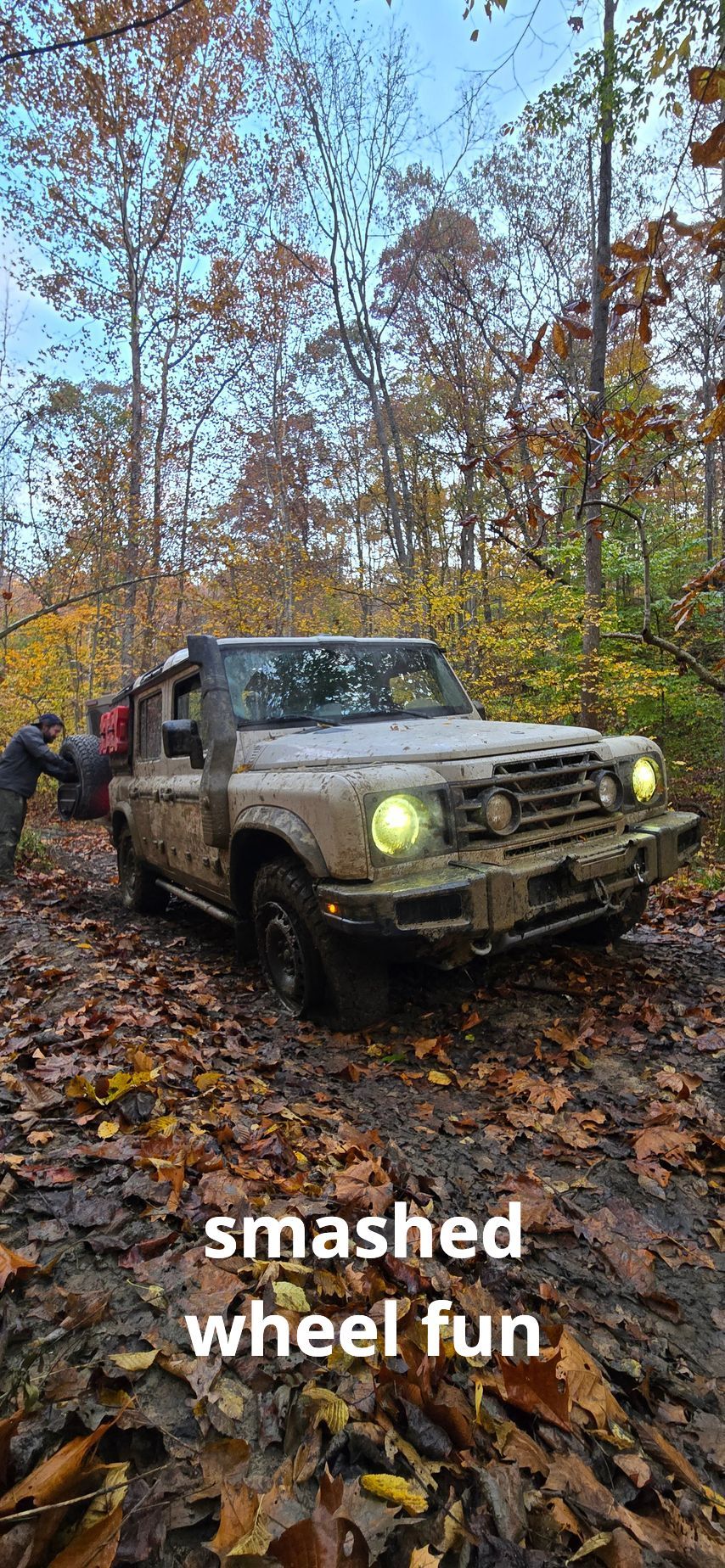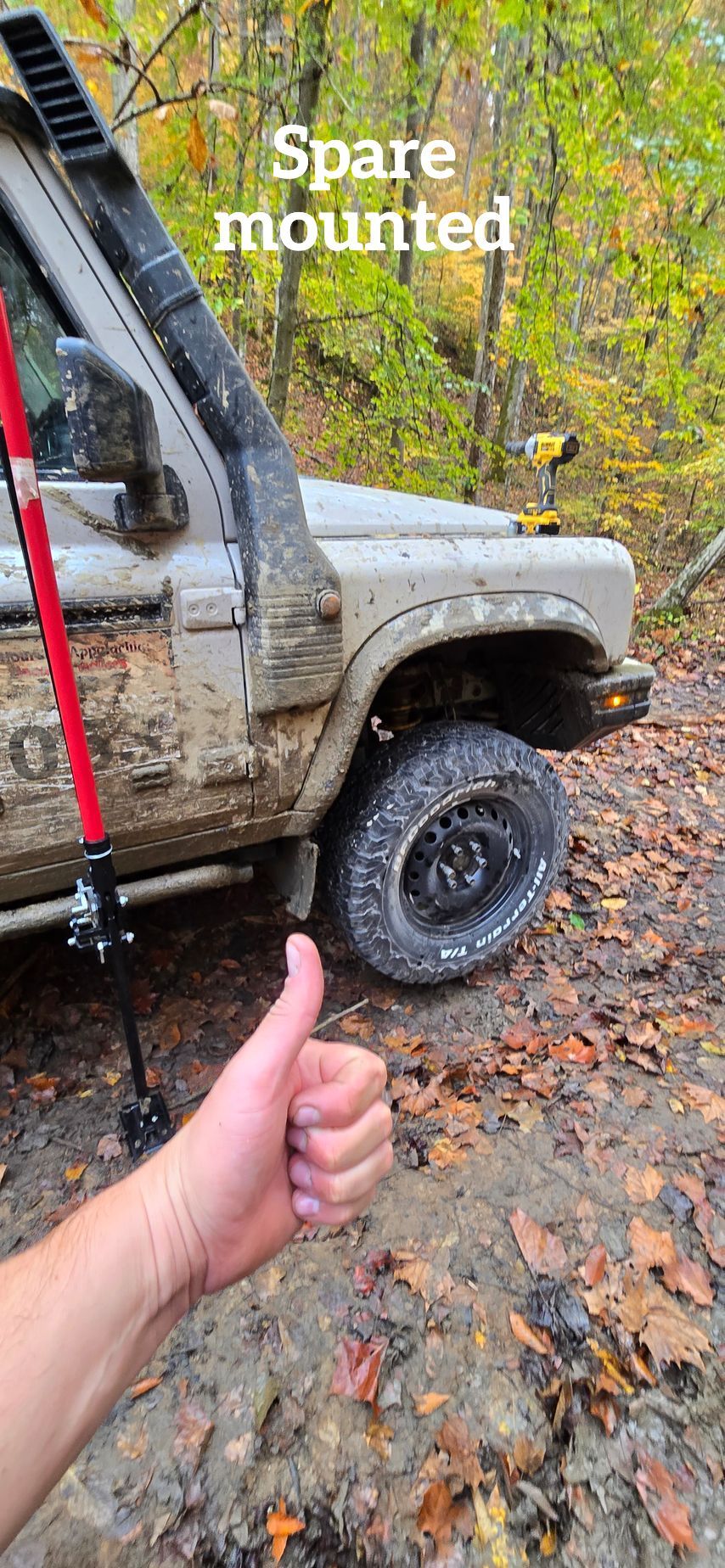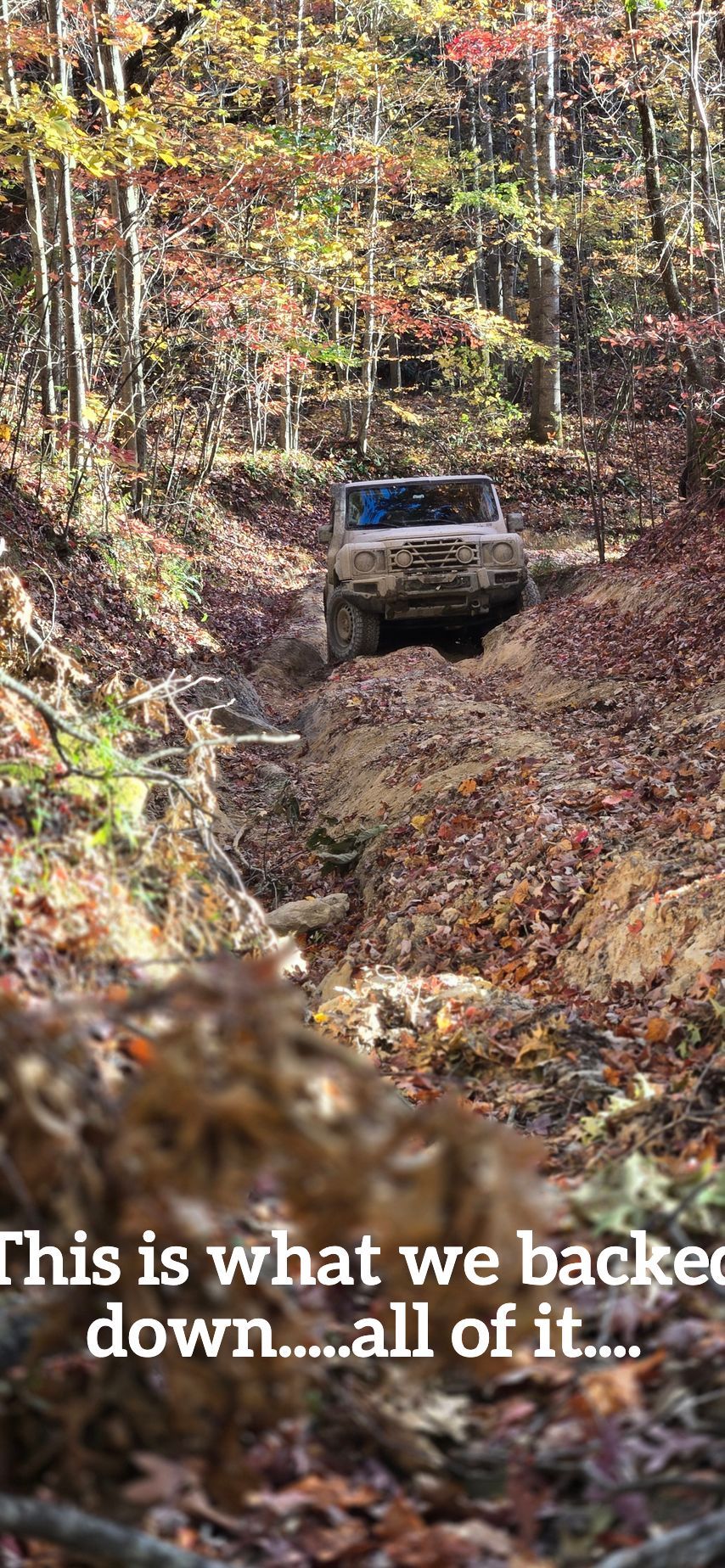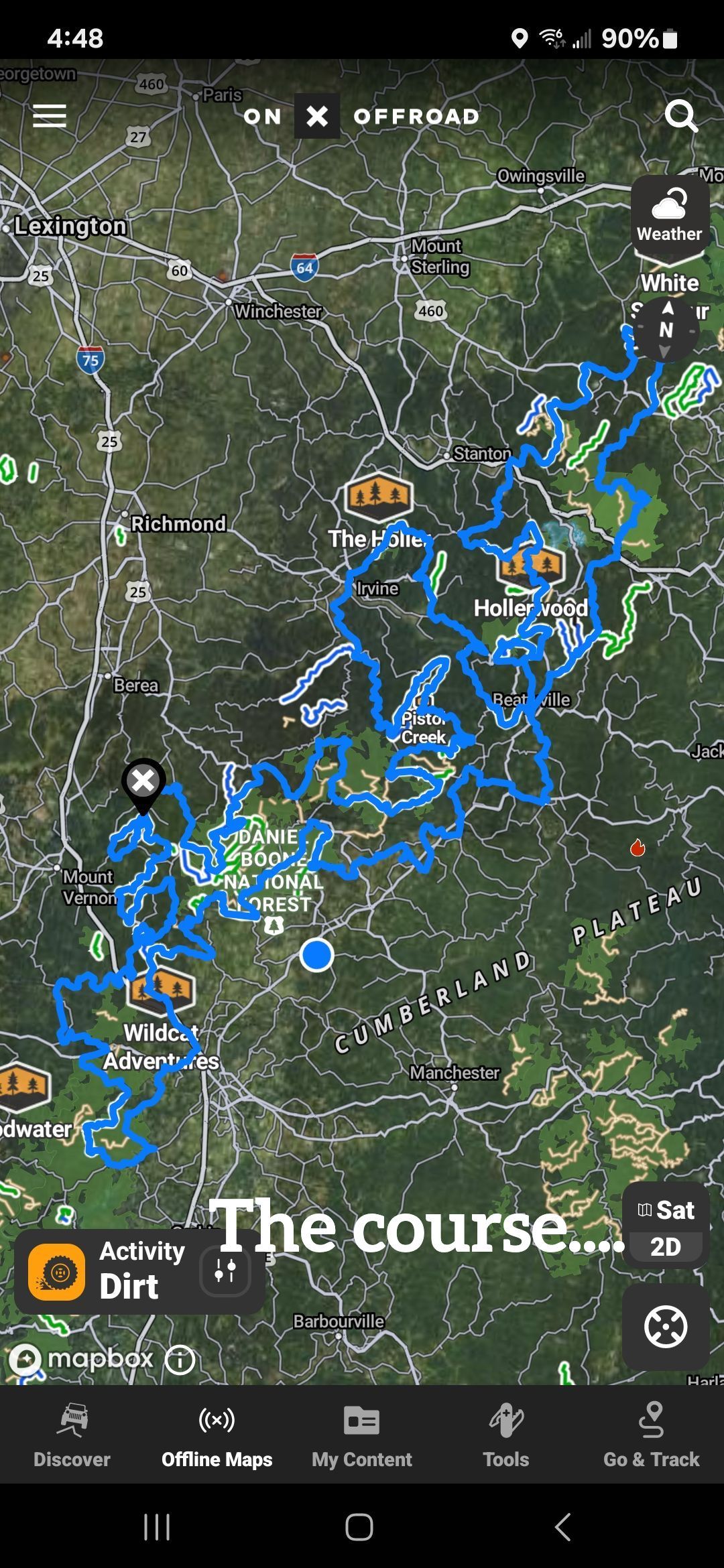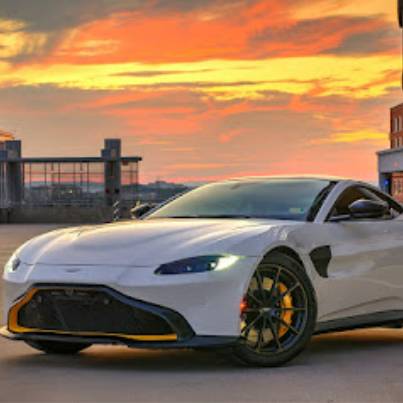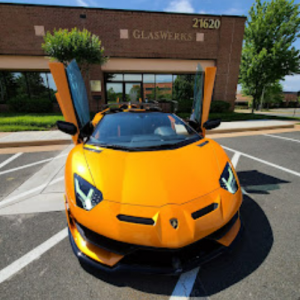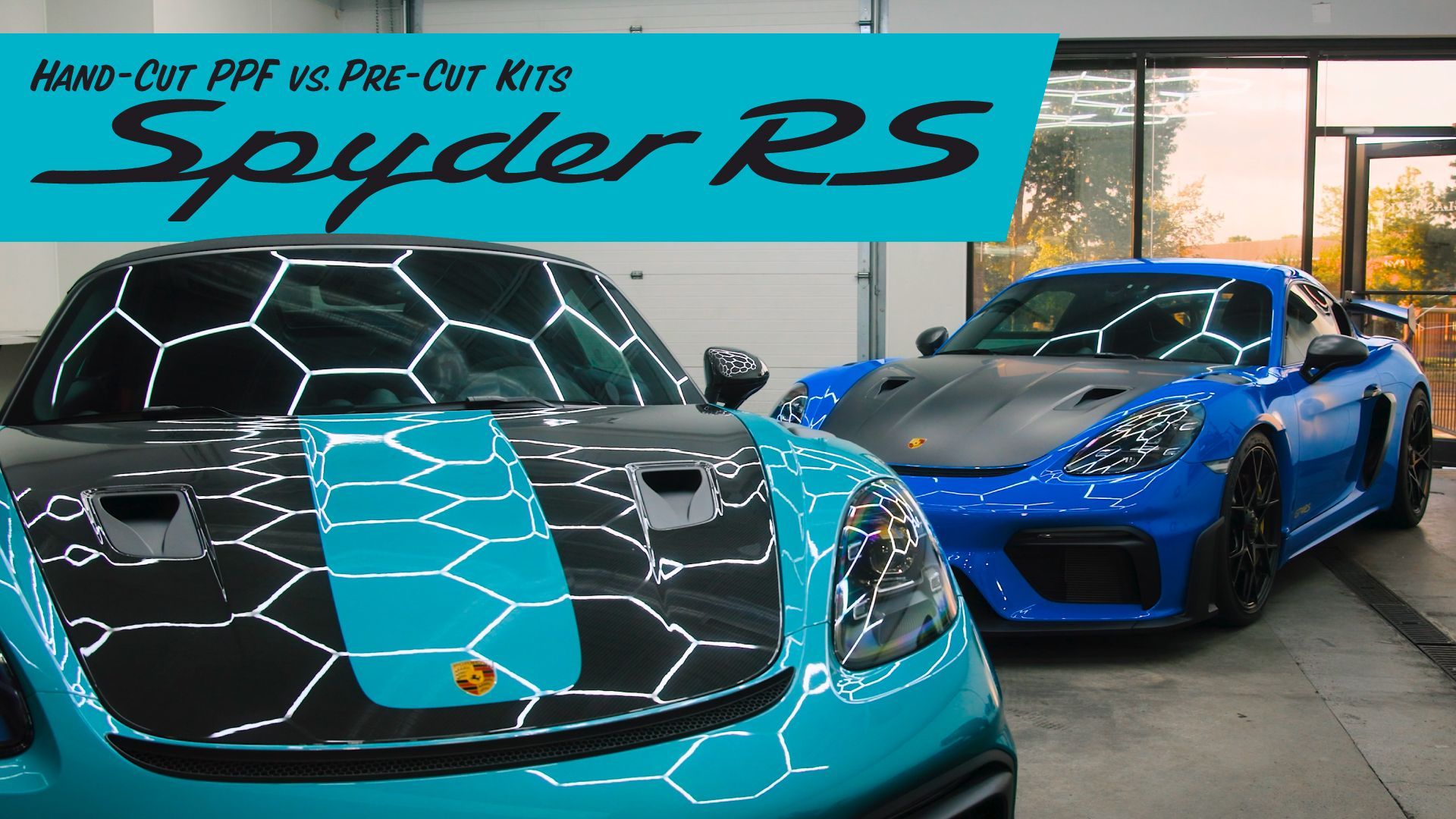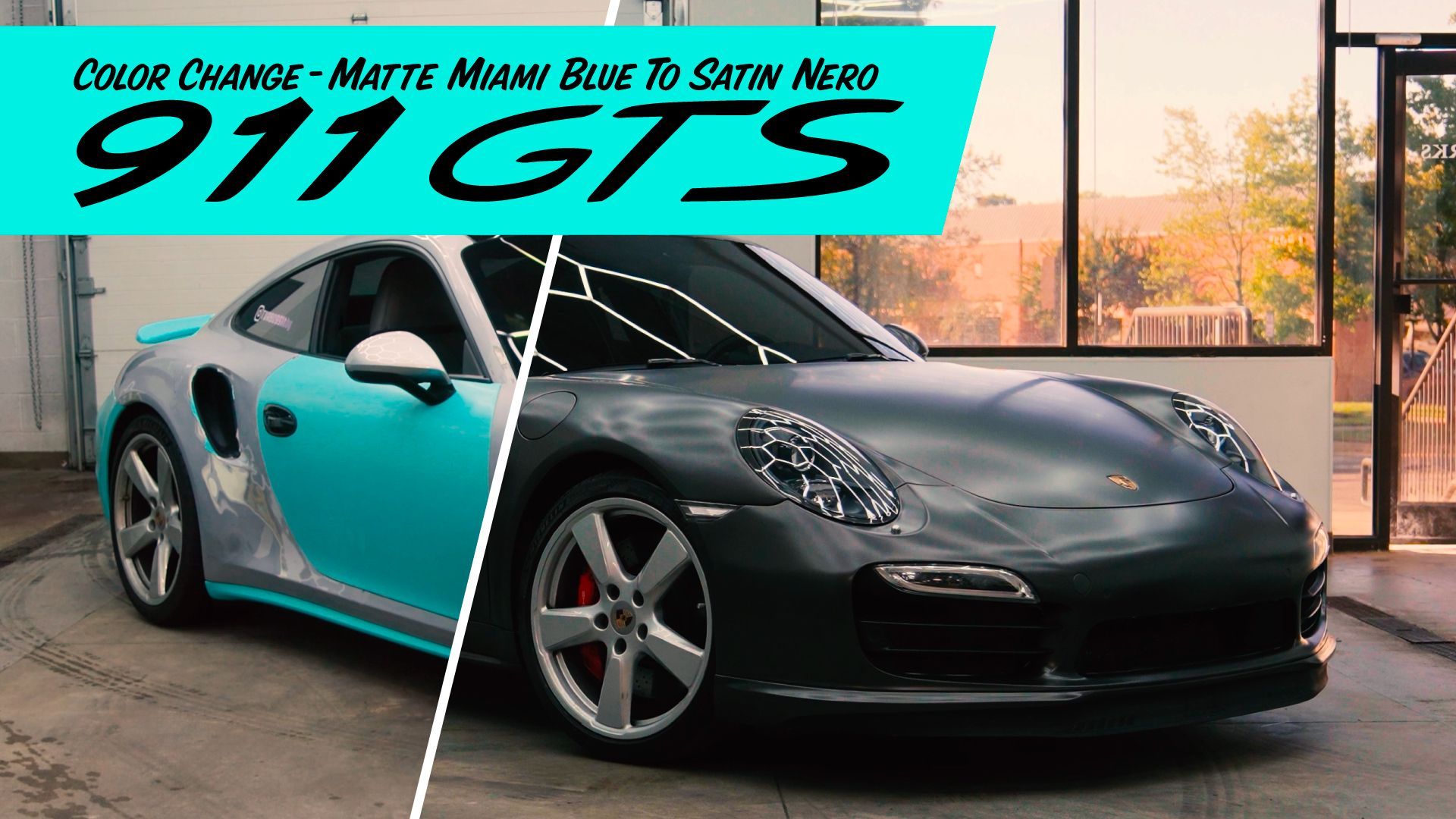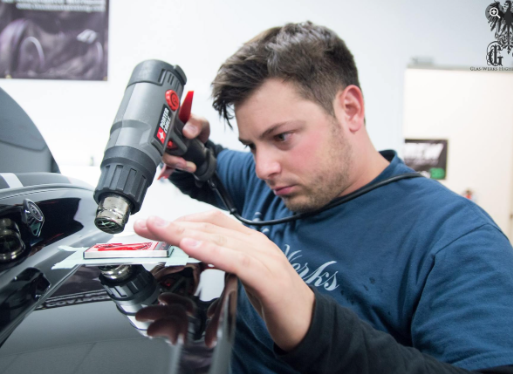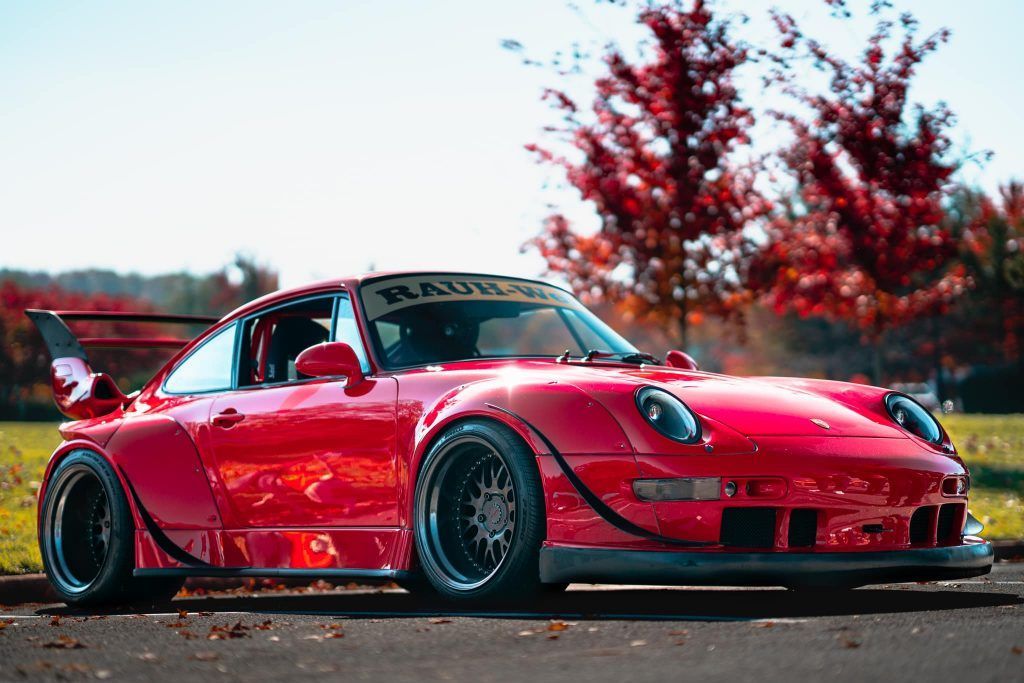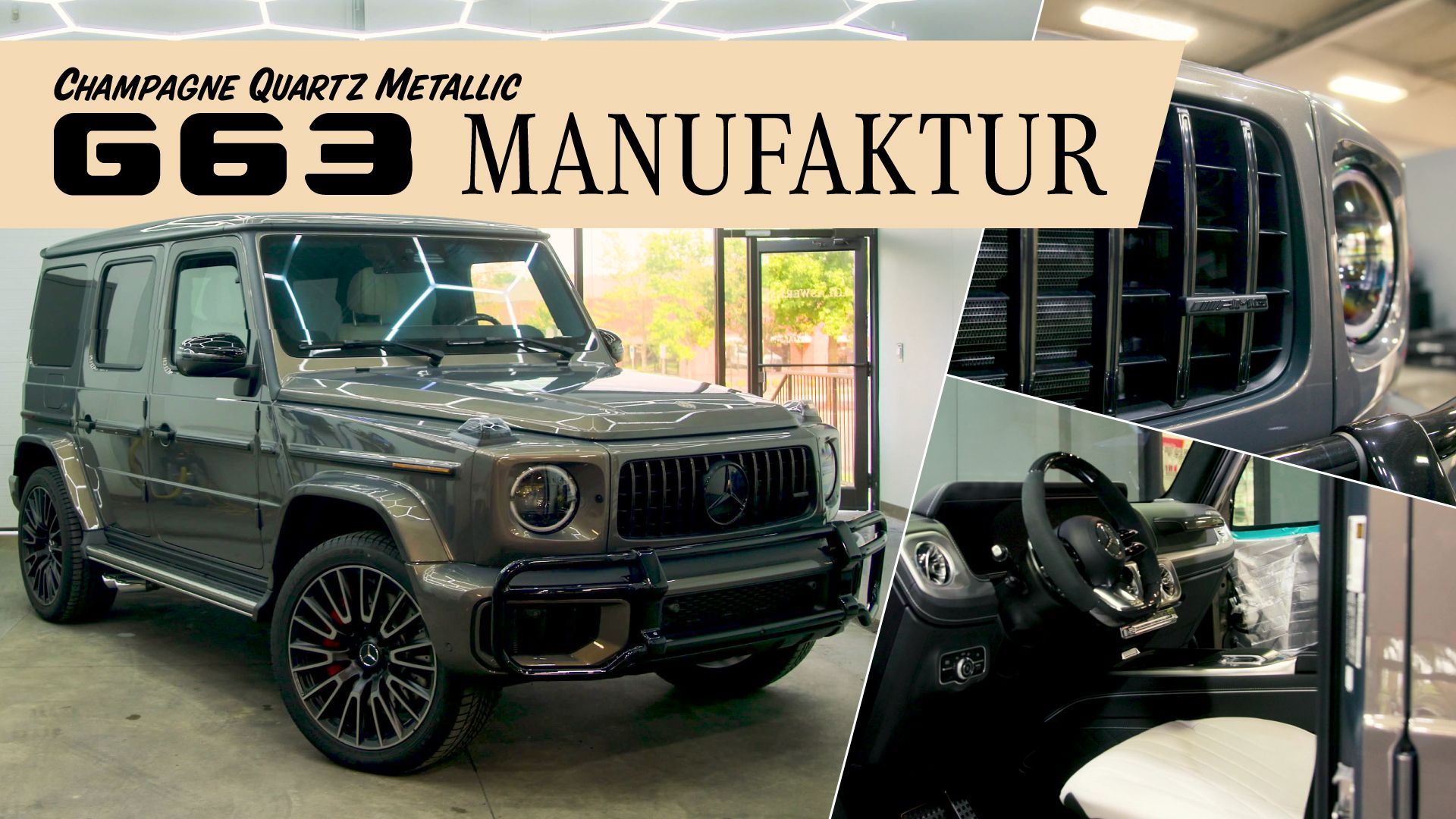Endurance racing offroad?
Over the last few years, I have developed quite the appreciation of offroad motorsports. Recently a good friend & client of ours invited me to Kentucky to run the 24hrs of Appalachia haunted hollers with him. I did some research into this new event format and found myself intrigued. The idea of starting an offroad race at night in an area I wasn't familiar with in a vehicle I had never driven was exciting to me. What kind of surfaces would we be racing on? What sort of support would be available? Was this to be a race or just a very long trail ride? Excited and admittedly a little weary of what I was getting myself into I packed up some essentials as well as some of my most used offroad recovery gear, comms, tools & other goodies and hit the road to Booneville Kentucky.
Race day (October 25th 0700)
I met the INEOS Grenadier Trial-master for the first time. The old-school land rover defender vibes are strong. Off the bat I was very impressed with the utility on offer for a factory adventure rig. Clearly the people who built and designed this thing loved their jobs. Ton's of accessory mounting solutions, well thought out storage where you need it most as well as an overall level of solidity in build reminding me of a Mercedes gelandewagen. Underneath the imposter defender lives solid axles front and rear presumably from an Italian tactor combined with 3 locking differentials and underbody armor for days. The BMW sourced B58 (Supra motor) under the hood makes a nice exhaust note and the induction noises through the high mount intake snorkel harks back to a more analog turbo experience. I noticed that this Grenadier was wearing BF Goodrich K02 rubber. My favorite offroad tire and what I run on the Bronco's albeit this was only a 32" tire on the small side compared to other full-size rigs we would later encounter at the race. Spending a few hours going over our equipment checklist and getting the cabin and rear cargo area setup to the best of abilities (We kind of were guessing) we made one last stop to top up fuel before heading to the staging area in Booneville.
Race start (October 25th, 1900)
Arriving at the staging area we got ourselves checked in, installed our race numbers (53) and walked around looking at some of the other rigs. Talking strategy & getting our apps setup with GPS maps all while fielding a plethora of questions about the INEOS. We decided since I have never driven a Grenadier I should drive first while still fresh while the Grenadiers owner ran comms and Route Nav, we figured we would each drive 4X 3hr shifts in the race. Nothing but good feedback about the Grenadier “Seems like everyone in Booneville came out to see the race start. After a driver meeting with words from event coordinators as well as Ricky bobby and even the Mayor himself. We stopped at the snack tables adding some additional provisions to our stash. Jumped in our rig and awaited our staging call. Dirt bikes were up first (Just as crazy as it sounds) then Side by sides then finally full-size rigs. when our group got called (50-60) we rolled into file and awaited our turn. The 15 second staging countdown seemed to last forever.
We’re off under Full throttle as both sides of the start lane were stacked with people (Think mid 80's rally racing footage) starting on pavement meant I got a good feeling for body roll and weight transfer I would have to contend with for my drive. Surprisingly the Grenadier felt very neutral on pavement aired down to 25psi. At race pace the pressures rose quickly to around 30PSI offering an increase turn in and response that would normally be completely nonexistent with the lower tire pressures. At least on pavement I became very confident in the Grenadier as I charged up the backside of some of the more compromised offroad rigs that had started Infront of us. It was clear at this point that our biggest hurdle would be our own Nav abilities and not our rig. The pace I was pushing along at meant we were always a bit ahead of our GPS making it difficult to ensure we kept our place. Quite a few times we would spend push hard against a competitor in front of us only for them to give up the position then 5 minutes later a wrong turn on our end meant backtracking only to see the rig we just passed come screaming past us. Clearly this is an area we need to practice for future events.
When the pavement ended, and we transitioned to single lane loose gravel/dirt having the Center lock differential engaged meant the Grenadier turned into a Rally monster. At this point I was shocked with this rig. The amount of traction available all the time was awesome! It took me a while to get comfortable understanding just how much suspension we had available. So many times, remembering coming over an obstacle at a pace that meant a for sure bump stop smash on my Bronco's for the Grenadier to just laugh it off without touching the bump stops (Does this have progressive rate springs?) The amount of grunt available at all RPM's meant I rarely felt like I was taxing the drivetrain. We ended up playing cat and mouse with two Toyotas for a few hours, we would get ahead then make a wrong turn and they’d come by us. Hats off to you all whoever you were, I have never seen a truck hustled like that. Well done. Overall, we arrived at the first checkpoint without any incidents. We managed to burn through almost an entire tank of fuel by the first checkpoint (Thankfully it was at a gas station) to my surprise and probably more to the event coordinators we arrived at Checkpoint #1 in 4th place overall!
We Filled up the Grenadier with 93 octane, tried to wipe down the mirrors and lights got a little stretch in and then buckled in. I would love to tell you about how awesome the 2nd stage was for us but ultimately it was not. A few wrong turns put us driving down a riverbed as we looked up to our left watching so many of the competitors we pushed past in first stage rolled by us while we tried to find a way out of our situation. This would become a theme for us, and we gave up quite a few spots throughout the night to my own course mistakes. Our first self-recovery happened in a large area that seemed like never-ending mud ruts, I think we winched out twice in these areas. (realizing the stock winch line length was a bit lacking four our situation) Navigating through an area like this would have been difficult during daylight let alone 2AM. As we pressed on through the night I don’t remember much specifically about the route, I was surprised by my own lack of tiredness although towards morning I started to notice my shoulders weren’t very happy with the pace I had been maintaining. I know we hit a second checkpoint, but I can’t recall anything about it. We probably got fuel.
Driving through sunrise I started to become aware of just how amazing the surrounding hills, water features and mountains were. Everything was covered in a dense low hanging fog that made the mountains look like they were floating. Kentucky you are beautiful in the AM. We passed a Dirt bike racer just chilling, apparently, he lost a clutch, so he was down and out. We offered a ride, and he politely declined. About ¼ mile we blew a tire, Inspection revealed we hadn’t damaged the tire, we smashed the wheel into a rock hard enough in a water crossing that we bent the inside lip inward unseating the bead. Very happy to have brought my impact gun and borrowed highjack lift (Thanks Kevin!) As we were packing up our gear to start moving again the dirt-bike rider appeared and asked if he could ride along until pavement. He climbed into the back on top of a bunch of muddy lines and recovery gear. This section of the race proved frustrating a few miles down the trail we came to a few very large rut sections deep in mud with a Jeep ahead of us on 35” tires having to winch out. This area also came with a narrowed trailhead with a sheer drop on the right-hand. We spent probably an hour here between setting up 200’ of line to winch with and then smashing the bumper into one of the ruts hard enough to partially collapse the driver’s side of it (It would eventually be pulled straight Ish) This section dropped us to the rear half of the field. When we arrived at the next checkpoint, I believe we were almost last place and had this tire issue to sort out. With the damaged wheel on the back of the Grenadier (Thank God this thing had steelies) I took a 5# sledge and beat the wheel lip back into round. Took the wheel off the rig, cleaned the mud out of the inside, borrowed some starter fluid and lighter from the event coordinators and reseated the bead. Aired it back up to 25PSI and threw it back on the truck. ( We wouldn’t have continued the race if we didn’t have a spare, bring 2X next time) As we were messing around with this a large group of Porsche’s new and old descended on the gas station (The roads are amazing around here) They were checking out the Grenadier just as much as we admired the various 718’s and 911’s. AT this point approximately 13hrs in I had covered a little over 300 miles of course.
I handed the reigns over to the owner of the Grenadier and was relieved to not be lifting my arms for a little while. From the passenger seat navigating isn’t as easy as he made it look earlier in the race. I missed a few turns myself then we started to come to obstacles that just didn’t make any sense. Stuff that my Bronco with a built suspension and 37” tires would have had a hard time on. Eventually we found ourselves climbing up a route that we needed to bail on. 20Hours into the race with our nerves racked, I ended up spotting allot of obstacles eventually culminating in the backing down for 300 or so yards a very technical section that could have easily overturned the vehicle. The owner of the Grenadier did great listening to my spotting direction here and getting the rig back down this wild section of route without incident. I think if we had the grip from a 35” tire we could have finished this section. Going up this trail and then backing down it took almost 2hrs. At this point it was evident we couldn’t finish the 400+ mile course in the allotted 24hrs. We headed to the nearest checkpoint and told them we were finished. We covered over 400 miles in 22hrs, reading this you would assume we’re idiots and ask why we didn’t finish the remaining race miles in 2 hours…. Just because we had driven 400 miles doesn’t mean we had completed 400 out of 400+ miles of course. We probably had 20-30 miles of driving in that 400 number that wasn’t on course or driving 10 miles down a trail only to realize we were on the wrong trail. Such an amazing experience with so many lessons learned. We will be back; we will win the next one of these we run in. The Grenadier proved an excellent rig to compete in this event format with and I cannot wait to get back in the driver’s seat again!
This was one of the most memorable Automotive journeys I have had the fortune of partaking in. Huge thank-you to all the event staff, coordinators, the city of Booneville KY and the hospitality we received throughout our stay in KY. If you’re interested in really really testing yourself as a driver, I highly recommend this type of event format, Physically and mentally challenging I can’t think of many other scenarios that would require as much focus and determination as those 22+hrs did. Next time we do this Im going to bring media along and try to capture more of this Amazing adventure. I want to share it with all of you. I want every Driver to be able to experience this.
-Adrian M.
